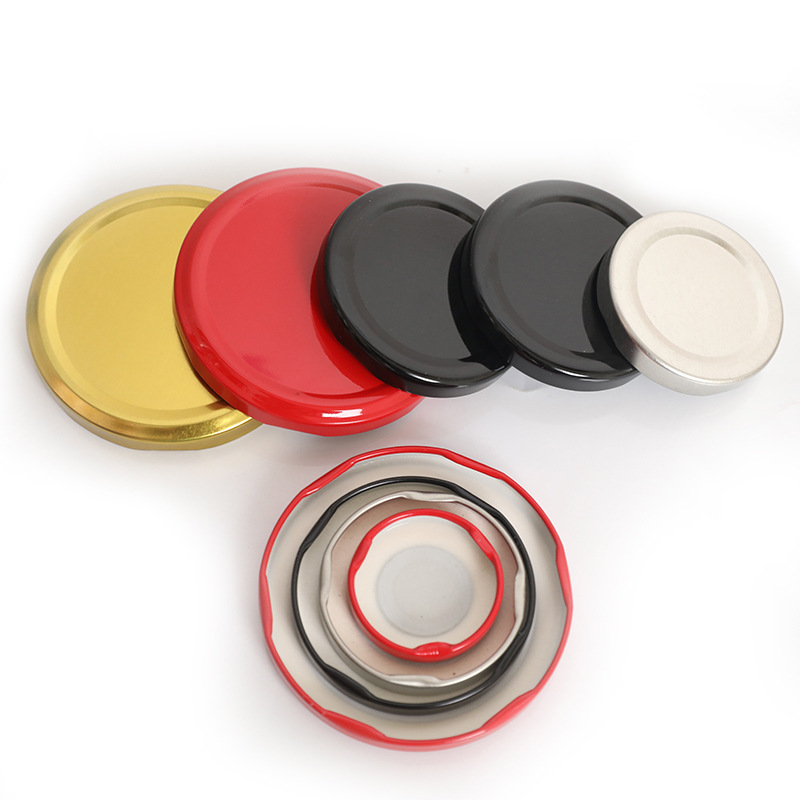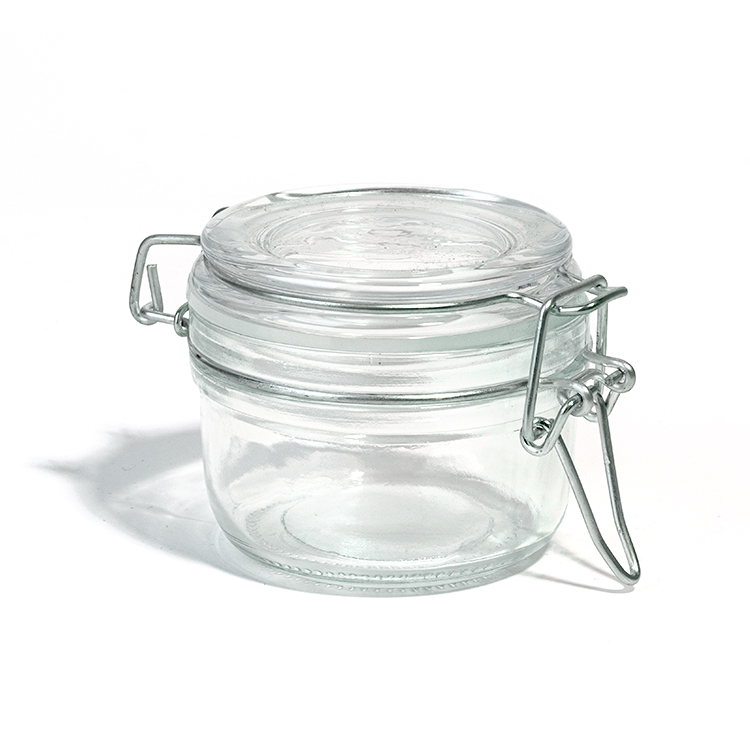Choosing the Best Jar Lids for Canning: A Guide
Choosing the Best Jar Lids for Canning: A Guide
From twist-off lids to Mason-style caps and traditional clip-top jars, here’s a comprehensive guide to preserving food with safety and reliability.
Preserving your own food is a classic tradition that allows you to savor homemade delights throughout the year. Whether you're preparing jars of jam or storing robust stews, selecting the appropriate lid and jar is crucial.
In the UK, we commonly use a variety of one-piece twist-off lids, Wiss Mason-style lids with rubber seals, and the classic hinged clip-top jars. Each option serves specific purposes exceptionally well, but how do you determine which one suits your preserving needs? This guide provides clarity so you can preserve with assurance.

One-piece Twist-off Lids
For home canning, the most popular choice is one-piece twist-off lids. These are frequently found on jars containing jams and pickles. They are easy to use, dependable, and readily accessible.
Twist-off lids come in various colours and sizes
As the jar is heated during processing, air is expelled. Once it cools, a vacuum is created, securing the lid firmly in place. The "pop" sound indicates a successful seal.
These lids are ideal for preserving high-acid foods such as jams, chutneys, sauces, and pickles. They come in common sizes like 43mm, 63mm, and 82mm, ensuring you can find the right fit for your jars. They're simple to clean and use, and they offer great value for money.
Hinged Clip-top Lids

These jars are highly regarded for their timeless design and superior functionality. Similar to Familia Wiss jars, they form a vacuum seal during processing when the heat expels air and the rubber band snugly presses against the lid.
Perfect for storing high-acid foods such as jams, pickles, and chutneys, these jars are also excellent for keeping dry goods.
While the rubber bands can be reused for non-canning activities, it’s advisable to replace them for canning to maintain a dependable seal.
Keep in mind that they are not designed for pressure canning, so use water bath methods instead.
How to Use and Test Canning Lids
To achieve successful canning, start by preparing your lids properly.
For one-piece twist-off lids, clean them with warm, soapy water and sterilize using hot water, but boiling isn't necessary.
When using Familia Wiss lids, ensure that both the jars and lids are cleaned, and boil the rubber rings for 5 minutes to make them pliable.
For hinged clip-top jars, boil the rubber bands to soften them and clean them before attaching them to the lids.
After processing and allowing your jars to cool, it's crucial to test the seal.
For twist-off lids, press the center; if it remains firm without popping or flexing, the vacuum seal is intact.
To verify a Familia Wiss lid's seal after canning, lift the jar by its lid and observe the center—it should appear slightly concave. If it looks flat or convex, the seal is not secure. Additionally, a properly sealed lid will stay firmly attached when you try lifting the jar by the lid alone.
For clip-top jars, unclasp the lid and gently lift the jar by it. If the lid stays in place, an airtight seal has been achieved.
Troubleshooting Common Problems
Don't be concerned if your jar doesn't seal correctly; it's a common issue. This often occurs due to leftover food on the jar rim, damaged or worn lids or rubber rings, or twist-off lids being too tight. Make sure to clean the jar rims thoroughly before sealing and check the condition of lids and rings prior to using them.
If a jar doesn't seal, you can either place it in the refrigerator and consume its contents within a few days or attempt to reseal it using a new lid or rubber ring.
Let’s Wrap It Up
Selecting the appropriate lid is crucial for successful food preservation. For daily jams and pickles, one-piece twist-off lids are ideal, while clip-top jars offer a stylish yet functional solution for water bath canning and dry storage.
Understanding the right lid to use, whether you're preserving summer fruits or hearty stews, is essential for keeping your efforts secure, fresh, and tasty.
Discover our collection of premium twist-off lids, sealing discs, and replacement rubber bands—everything you require for your next preservation project.